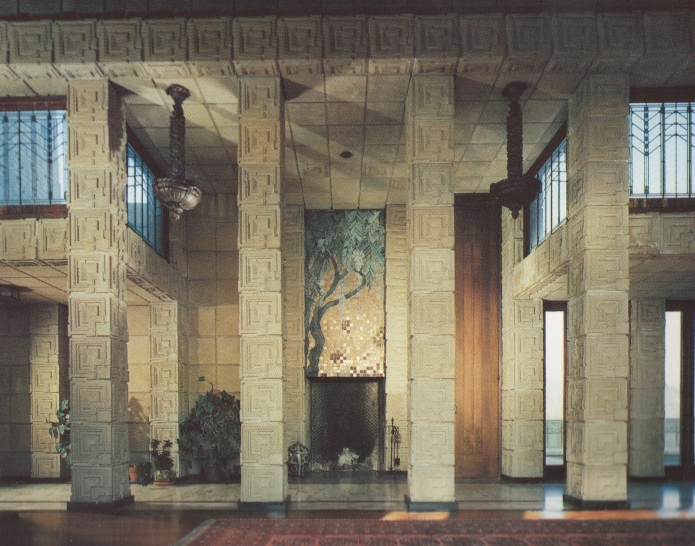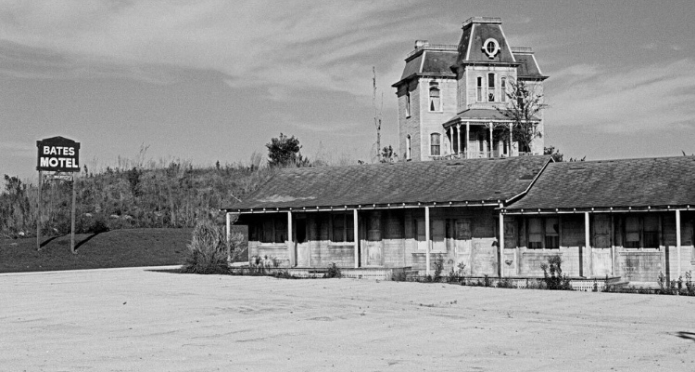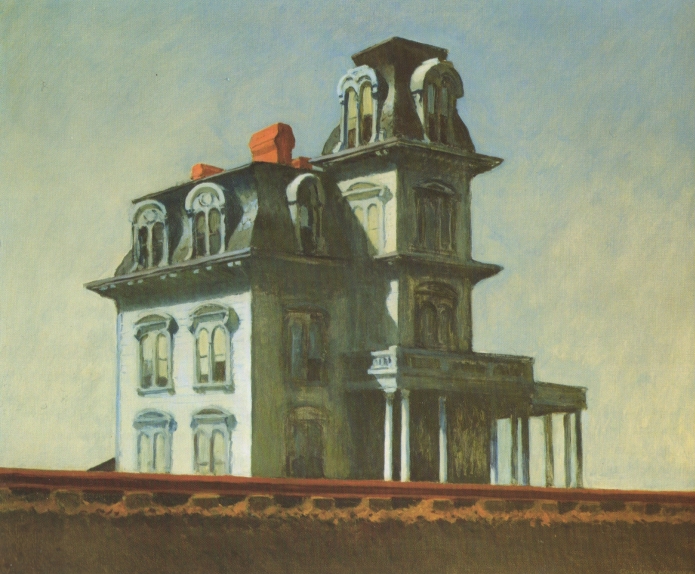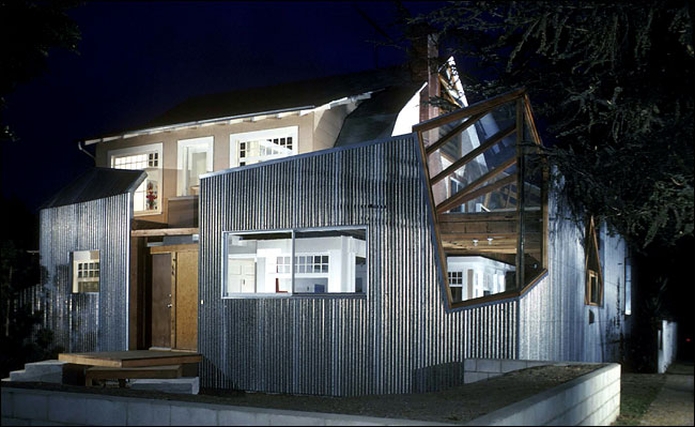Fig.
1 - Frank Lloyd Wright, Ennis House, 1924.

Fig.
2 - Bates Motel, location of Psyco di A. Hitchcock

Fig.
3 - Edward Hopper, House by the Railroad, 1925.

Fig.
4 - Frank O. Gehry, Gehry House, Santa Monica, California, 1977-78,
1991-94.
